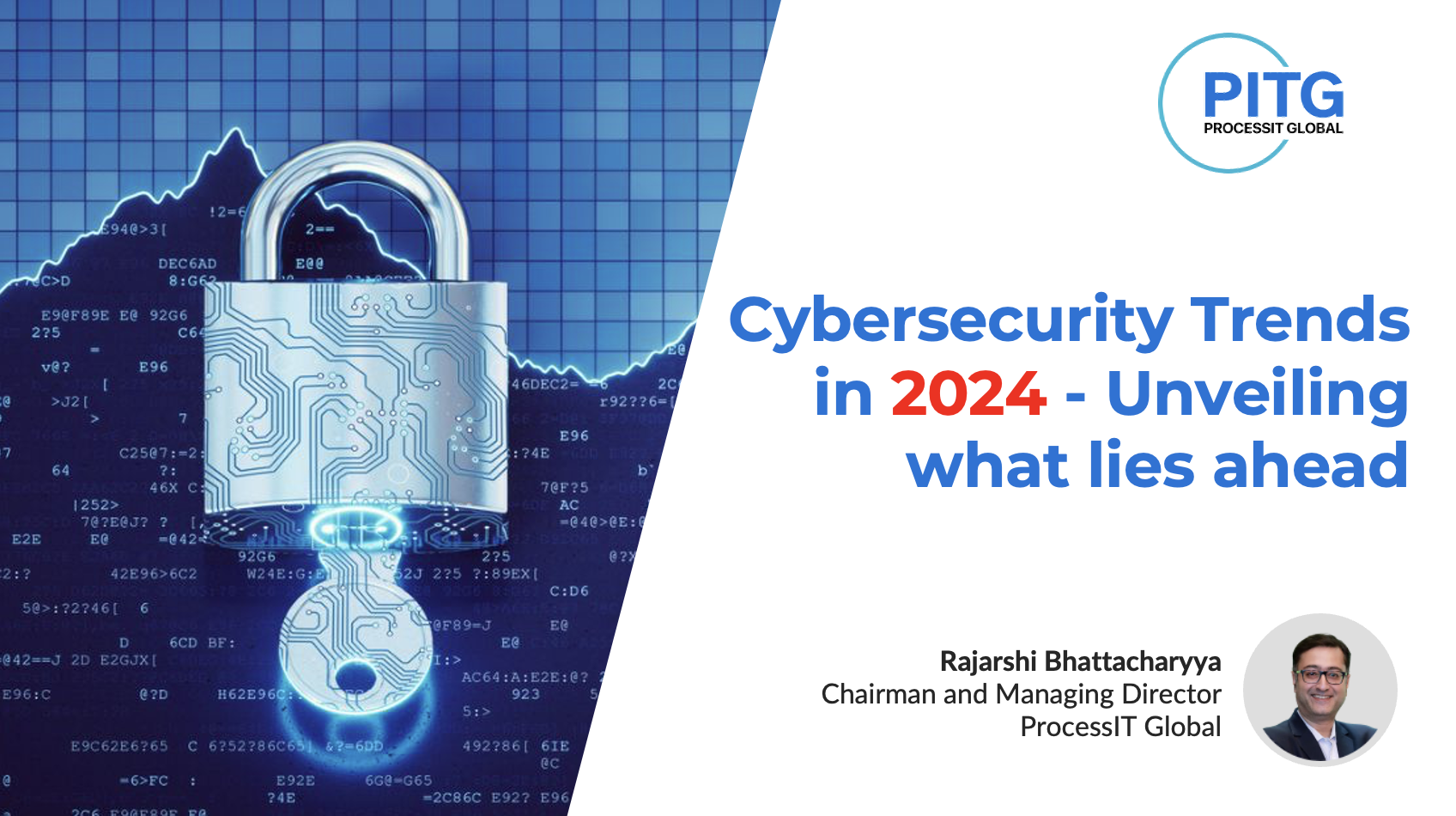Holistic Approach to Cybersecurity – Aligning IAM with DevSecOps and Zero Trust Model - Rajarshi Bhattacharyya, Co-Founder, Chairman and Managing Director, ProcessIT Global

The digital landscape continues to evolve rapidly and will continue to do so in the future as well. At the same pace, we are also witnessing cyber threats growing more sophisticated and persistent, compelling organizations to adopt innovation and advanced cybersecurity measures. Only a proactive, dynamic, and holistic approach to protecting sensitive data and critical infrastructure will be effective in keeping the threats at bay. Gone are the days when software development focussed only on delivering value with security overlooked as security and development teams had different priorities and timelines.
DevSecOps continues to gain traction
Today, organizations are prioritizing security and making it part of the software development process at the very outset and not as an afterthought. DevSecOps which stands for development, security, and operations is an extension of DevOps practice and ensures security practices are incorporated from the very beginning of the development lifecycle. It drives a culture across the organization where every individual has to share responsibility for security. In this proactive approach, all teams such as Developers, Operations teams as well as Security personnel work together to identify, address, and mitigate threats and vulnerabilities.
Increase in the adoption of Zero-Trust
Security Model
In the past, organizations depended on a castle-and-moat cybersecurity model where internal users were trusted and those outside the corporate network perimeter were considered suspects. As this model led to costly data breaches, the focus changed to users accessing resources based on their identities and roles irrespective of the corporate network perimeter. On the other hand, today’s zero trust approach assumes that no one whether outside or inside the network can be trusted and there is a need for continuous verification. This model not only reduces the risk of unauthorized access but minimizes the attack surface as well. It is based on continuous monitoring, the principle of least privilege, and strict access control and is being embraced by more organizations today. Gartner predicts that 10% of large enterprises will have a mature and measurable zero-trust program in place by 2026.
IAM is a crucial component of cybersecurity
Identity and Access Management (IAM) includes policies, technologies, and practices that ensure the right individuals, devices, and systems have the necessary permissions to access specific resources. Unauthorized entities are denied access to these resources. Passwords, multi-factor authentication (MFA), and biometrics are some of the authentication mechanisms that are used to verify users’ identities. IAM Solution also has an authorization feature that determines what actions an entity is permitted to perform. The solution not only helps in preventing unauthorized access but supports maintaining compliance with regulatory requirements as well.
Aligning IAM with DevSecOps bridges the gap
between development and security
In the process of advancing the cybersecurity process, the alignment of
IAM with DevSecOps is a critical aspect.
This process eliminates the gap between the traditional silos of
development and security and ensures security becomes an integral part of
development from the very beginning.
With security becoming the responsibility of development, security, and operations teams, IAM defines and enforces access controls where the respective entities have the appropriate permissions to access. With the principle of least privilege, users and systems are granted access only to the specific resources for related tasks within the DevSecOps pipeline. This role-based access control reduces the attack surface in the pipeline. Manual errors are significantly reduced with IAM tools automating access control and ensuring enforcement of security policies. IAM also ensures continuous monitoring of the authenticity of users and systems besides tracking all actions within the DevSecOps pipeline. This not only brings in accountability but supports compliance and auditing as well.
Dynamic security framework by aligning IAM
with the Zero Trust Model
The managing of digital identities, authentication, and authorization is done by the IAM framework. By aligning with the principles of the Zero Trust Security Model, IAM delivers several advantages. IAM solutions play a key role in continually authenticating and authorizing users in real-time. The evolving threat landscape and real-time risk assessments set the base for the dynamic changes in IAM policies. Stricter access restrictions can be enforced by IAM systems if they detect any suspicious and unusual patterns. IAM solutions can be adjusted dynamically based on real-time assessments ensuring access rights are efficiently managed. Effective mitigation of inner threats is possible with the combination of IAM systems with the Zero Trust Model. With this alignment, the security-related interruptions are far less thereby improving user experience significantly. Financial losses for organizations can be eliminated with early detection and mitigation of vulnerabilities. This approach enables organizations to strengthen their security posture, enhance compliance, and adapt easily to the cybersecurity landscape that is continuously evolving.
It is quite evident that the alignment of IAM with both DevSecOps and
the Zero Trust Security model delivers a unified strategy that further
strengthens security while ensuring the agility needed in today’s technology
landscape. By adopting these best
practices and principles, organizations can safeguard their systems, data, and
applications effectively.



